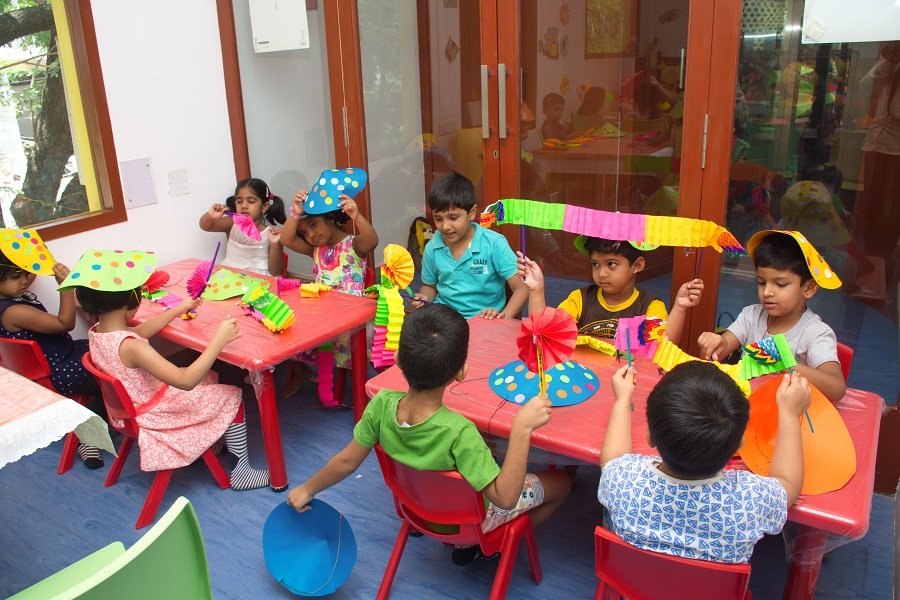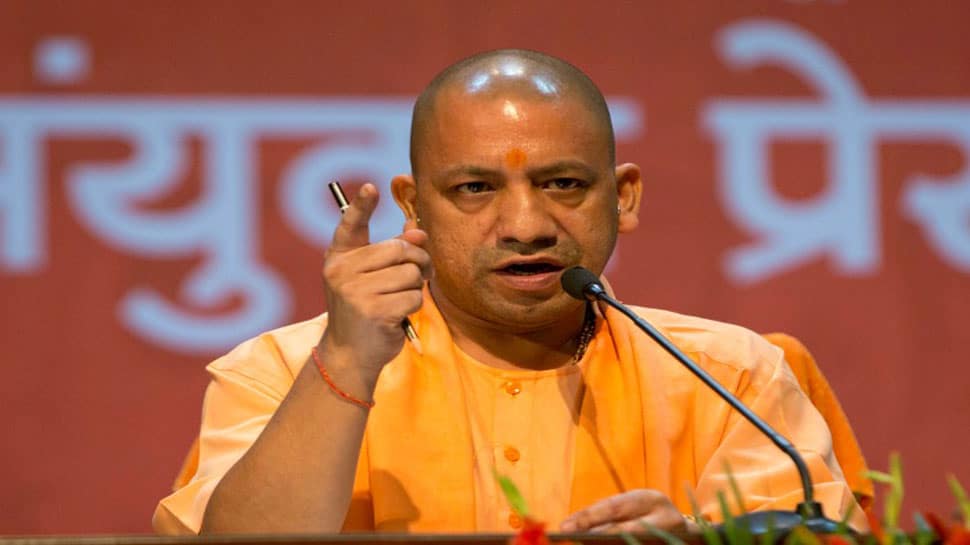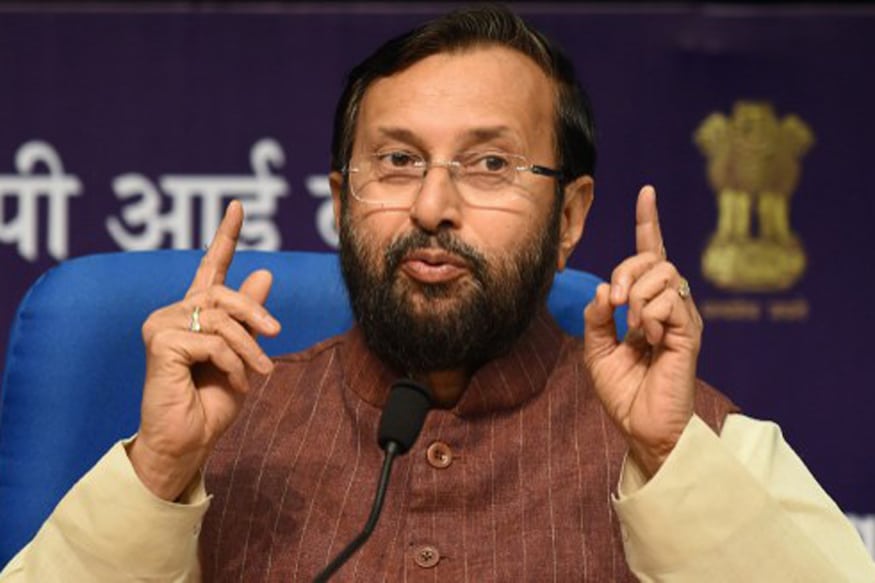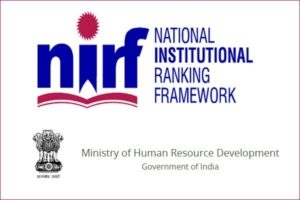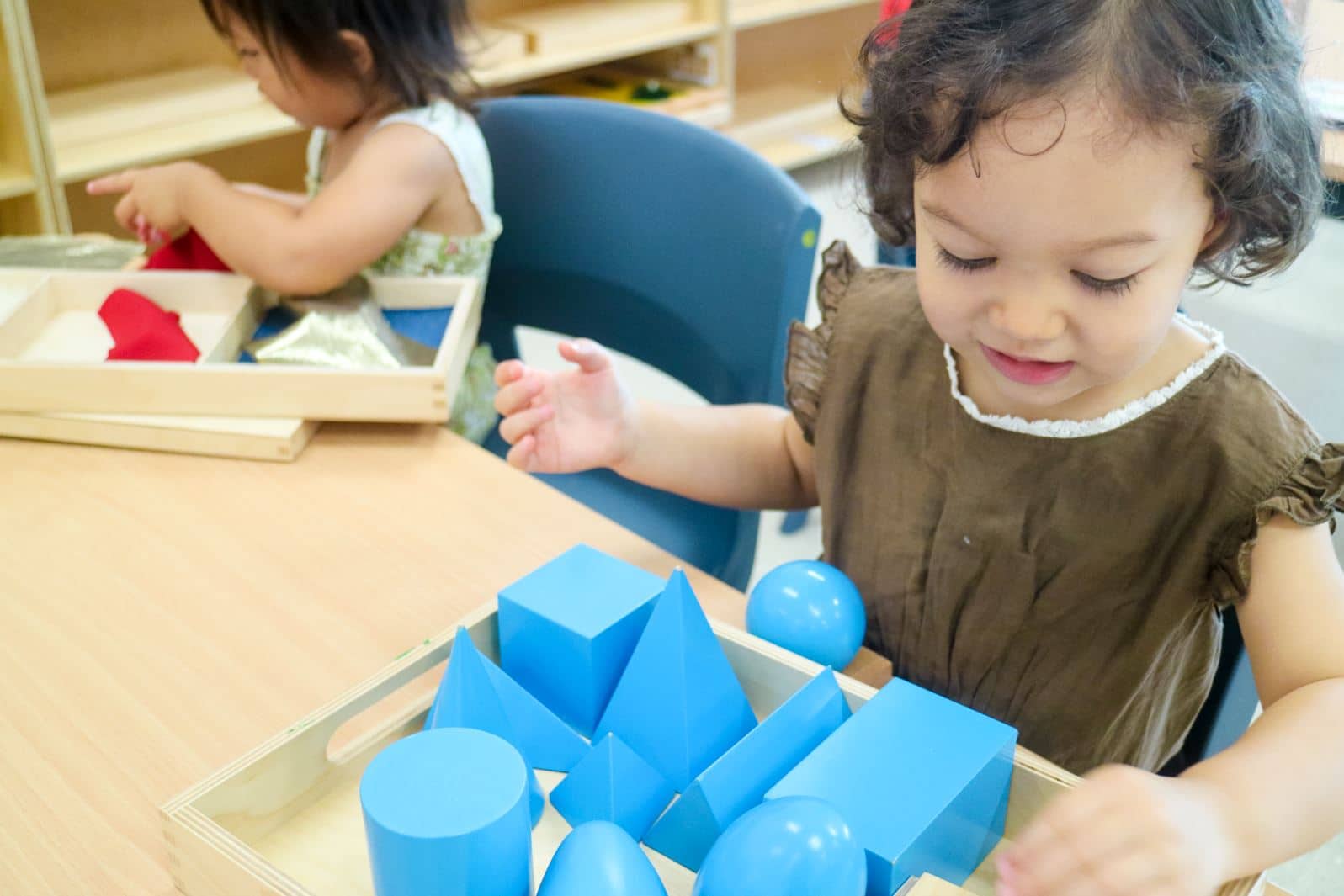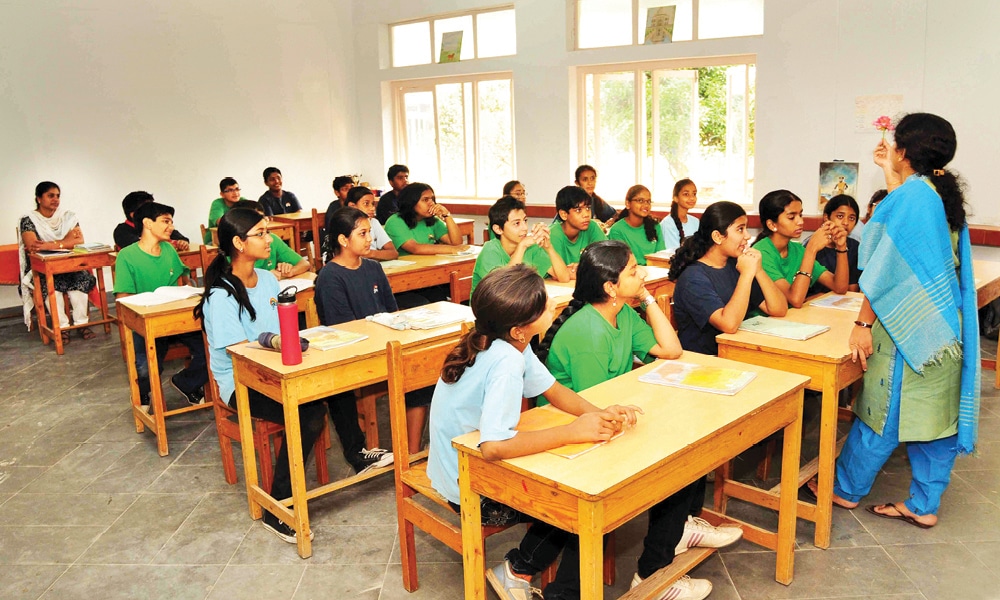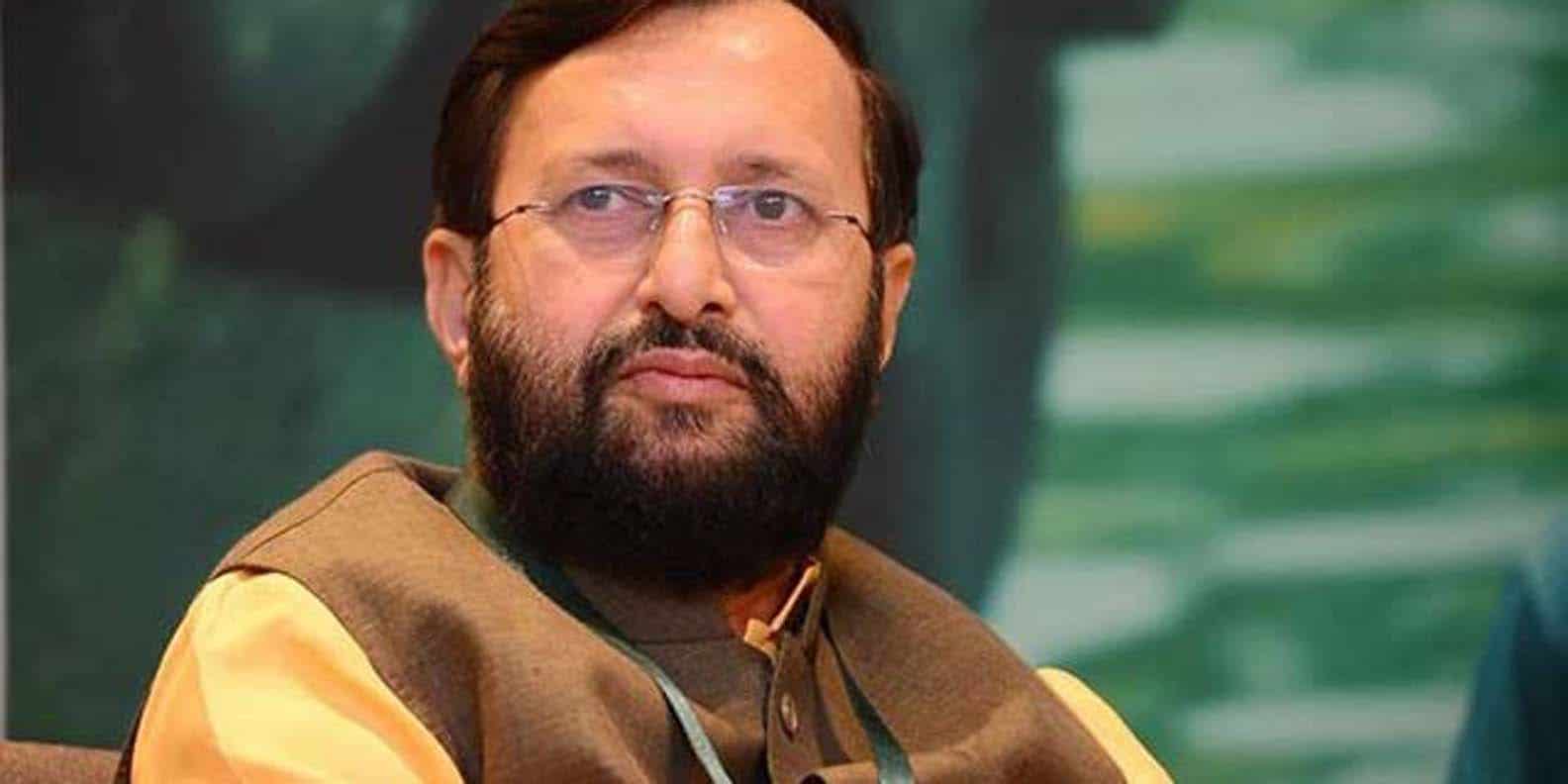EuroKids has transformed itself by adopting innovative and contemporary learning practices to stay ahead of the others, says Prajodh Rajan, Co-Founder & Group CEO, EuroKids, in conversation with Elets News Network (ENN).
How has the recent transformation of EuroKids helped it to be different from others? What prompted this transformation?

The identity and its experience have undergone a huge transformation to provide both the children and the parents a superlative preschool experience. The transformation has enabled us to share a pre-school environment that is nurturing and provides holistic learning for the child. With an emphasis on child development, security, hygiene and establishing a close rapport with the parents of each child, our pre-schools have transitioned into the Child’s Second Home.
However despite our refreshed and modern appeal, what remains at the core of our efforts is the Child-First ideology. Our team of experts have dedicated years towards understanding the needs of young children and refined the delivery of curriculum at our pre-schools making it contemporary and engaging. In a digital age, the curriculum strikes the appropriate balance between digital learnings and conventional preschooling learning mediums like story-telling, rhymes, book-reading, group learning etc.
Our presence extends across three countries, 350+ towns and cities, 1000+ pre-schools, and has contributed to the growth and development of over 3,00,000 children. We now look forward to Reinventing Education across the country.
Being one of the oldest and most renowned brands in preschool education, how has EuroKids survived the competition due to the rise of various new names in the segment?
Competition is what makes the category evolve through constant innovation. In a competitive, only those pre-schools will flourish who have a ‘Child First’ ideology engrained at the core of all their initiatives. This means that a successful pre-school must focus on ensuring that all initiatives undertaken inherently have to be in the interest of the ‘child’. Every effort must then be made towards improving the lives of children at the pre-school by working positively with all stakeholders i.e. parents, teachers, partners and positively impacting the entire ecosystem.
This ideology ensures that the brand strives constantly to innovate so that it sets itself apart from the others in the segment. This difference or the edge that a brand delivers will be visible to its end beneficiaries – the parents who will acknowledge the proposition delivered and patronise the same.
It is crucial to create an experience that is engaging and nurturing and hence needs matured and experienced hands which possess the knowledge, understanding and experience of early child care education.
Given the situation what makes EuroKids unique and the right choice for parents and kids?
EuroKids aims to create a joyful pre-schooling experience for both parent and child. We believe in ‘Making Learning Fun’ for children. Our curriculum which is in its sixth upgrade has been powered by research findings from the world’s best universities and with our extensive experience of dealing with young children for the past 15 years our program aims to develop ‘Executive Function Skills’ (EFS), crucial for building positive behaviour in children from an early age. Our unique program also integrates Phonics, Motion Based Learning, Toy Library, EuroGym & EuroMusic for early years and they have been devised with an aim to integrate multiple representations, expressions and engagements that are vital for Next Gen learners.
In addition to exploration and fun based learning, our pre-schools are equipped with CCTV cameras, so the child remains supervised at all times whilst at pre-school. We have child-friendly furniture, and toys used in the school are of international standards and are 100% non-toxic in nature. Our teachers and support staff are hired post a rigorous background check including a police verification and previous employer check.
All Teachers and staff are trained in safety drills required in event of an extreme scenario. As part of our continuous improvement in Health & Safety standards, we partnered along with a leading international certification agency to co-create Safety protocols specifically for Pre-Schools and then ensured that the same was applied at our centres with third party audit & certification. This kind of initiative is a first by any Pre-School in the country.
The last mile in the pre-school ecosystem is interaction with parents. We reach out to our parents through various platforms like parent orientation programs, parent-teacher meetings, informal and casual conversations with parents on an everyday basis so that they are always assured that their child remains in the best of hands. Additionally, to keep the parents in the know of all the developments at the pre-school, we have the Buddy App which showcases all the fun activities, learnings, and fun times at preschool so the parent is aware of the typical day
at EuroKids.
This 360-degree preschooling expertise makes us the preferred pre-schooling choice for many parents.
It is crucial to create an experience that is engaging and nurturing and hence needs matured and experienced hands which possess the knowledge, understanding and experience of early child care education. At EuroKids, our academic experts are at the forefront, driving innovations & strategic initiatives and are responsible for recalibrating the benchmark of pre-schooling in the country, that enables us to deliver a high-quality pre-schooling experience.
Today technology aids education and learning, how much exposure should be given to students for avoiding any wrong outcome?
For us, this question can be answered in two parts. Technology today is all pervasive. However, when it comes to early childhood education, the amount of technology that a child must be exposed to in his formative years, we believe, must be monitored closely.
At EuroKids, we believe that what we provide is an engaging and interactive learning environment for the child where there is a balance between digital and traditional learning mediums. As part of our curriculum, we have Motion-Based Learning, which enables learning through digital media in the form of games, stories, rhymes, videos. Simultaneously we also have puppet learning, story reading, group engagements and special learning kits that provide hands-on learning coupled with exploration and DIY experiences.
Beyond pre-schooling, we believe technology has ensured a paradigm change in the manner in which education is delivered in this country. Most institutions today showcase digital curriculums and mediums to disseminate education to a wider network of students. Technology has also made it convenient to share the curriculum, revisit the same at convenience and hold easier procedures towards assessments.
All in all, when under a supervised platform, technology is a great enabler of education.
In a competitive environment, only those pre-schools will flourish who have a ‘Child First’ ideology engrained at the core of all their initiatives. This means that a successful pre-school must focus on ensuring all initiatives undertaken inherently have to be in the interest of the ‘child’.
What is the way forward for EuroKids?
We have chosen franchising as the predominant manner in which we distribute EuroKids Pre- Schools. We currently work with more than 1000+ entrepreneurs in more than 350 towns and cities and have now drawn up very ambitious plans to scale this network to 2000+ preschools in the next 48 months. We have all the ingredients for the aggressive scale up, a 15 year time-tested product and highly motivated team.
We also now sense an opportunity in the daycare segment and have now built our capabilities in this segment and now offer both on-site and near site solutions to corporations who desire to incorporate this much required service for their employees. We currently have two on-site care facilities and 2 upcoming near sites at Mumbai & Trivandrum. The plan is to operationalize 100-daycare centres in the next 36 months.









